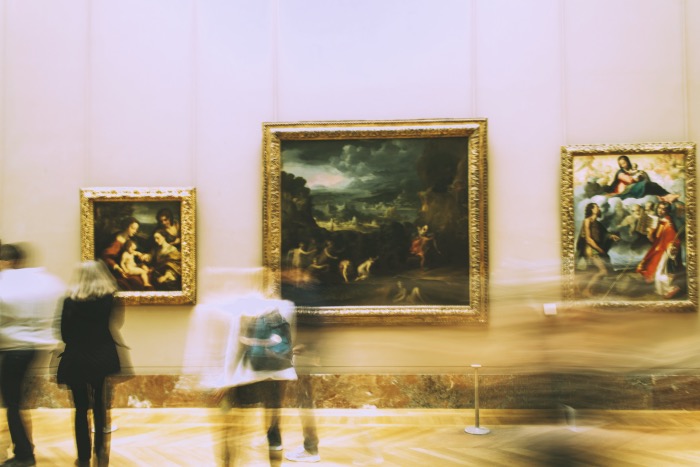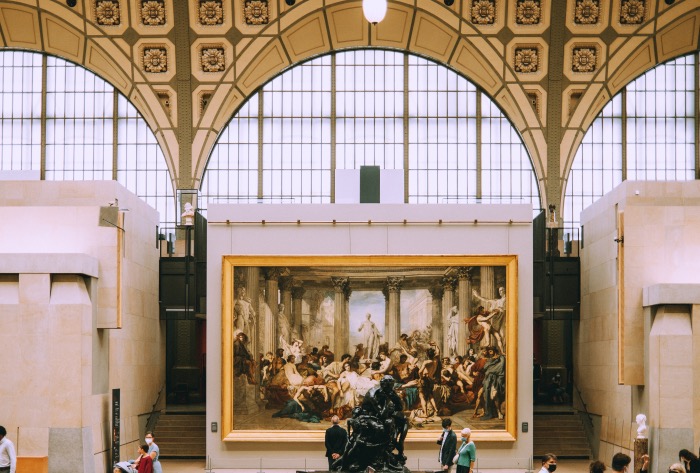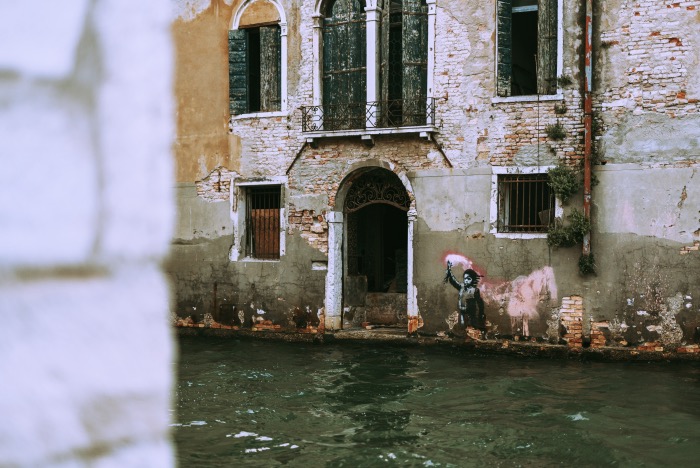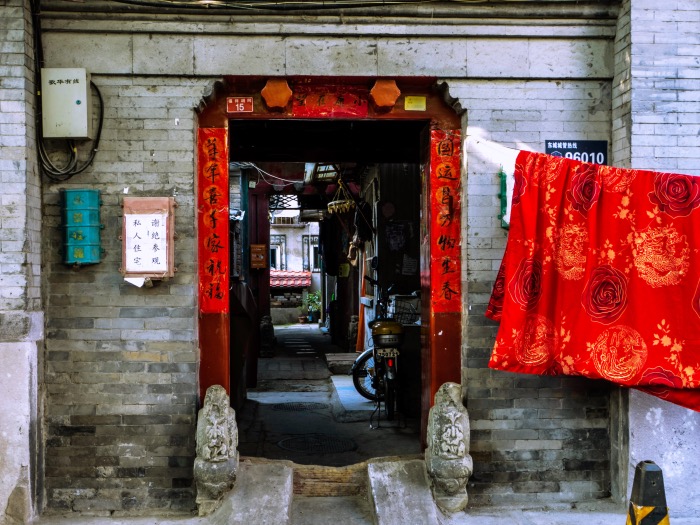
WANT A CAREER IN THE ARTS? LEARN ONE OF THESE LANGUAGES FIRST
If you’re looking for a rewarding and intellectually stimulating career in the arts, you couldn’t have picked a better time to start. The sale of arts and antiques globally hit a record $50 billion last year, with the number of deals, openings, and new job openings skyrocketing across the sector.
If you want a career in the arts, whether as a dealer, a curator, an analyst, or a buyer, you need the right skills to stand out. Jobs in the high arts remain incredibly competitive, and even a master’s degree in the topic is rarely enough to break into the roles at the top galleries and auction houses.
With that in mind, it is worth focusing on the concrete skills that you can acquire to pad out your CV and make your job hunt more fruitful. This is where foreign language skills are essential. In the high-flying world of international art, these are the most useful foreign languages for your career.

FRENCH
French has long been an important language to have in your skillset. According to the end-of-year report by Preply, one of the world’s leading language learning platforms, French remains the top choice of foreign language for career-oriented individuals worldwide. This is especially true for those looking to break into the art world.
There’s the capital Paris, arguably the most important center for the sale of arts and antiquities in the world. Then there are the influential and hyper-competitive galleries of the Marais and Rive Gauche, as well as the heavy-hittinginstitutions like the Louvre, Orsay, Quai Branly, and Foundation Louis Vuitton. To break into these gold-plated employers, French is a basic prerequisite.

ITALIAN
It shouldn’t come as much of a surprise that Italian is a great skill to have if you want to work in the arts. The great cities of Florence, Rome, Milan, and Venice are the spiritual and historical homes of the Renaissance, as well as the most prominent centers of antiquities dealing in Europe.
Meanwhile, incredibly important events in the international art industry calendar, such as the Venice Biennale, take place in this incredibly artistically rich nation. Those who master Italian will have a significant edge over the competition.

MANDARIN CHINESE
A significant portion of all growth in art sales and auctions over the past year has been driven by the PRC, where a newly-minted upper class has been purchasing both Chinese and Western pieces at record levels. On top of the booming sales market, China is increasingly becoming a critical node in the global art world, thanks to the hard work of gallerists in Shanghai’s French Concession and Beijing’s Hutongs.
The Shanghai Art Fair is now one of the biggest exhibition events and dealer meetups on the planet, while major auction houses such as Sotheby’s, Philip’s, and Christie’s now have a substantial presence in the country. Any ambitious art lover would do well to master Mandarin Chinese in the coming decade, as this provides you with access to the hottest art market on Earth.
The world of high art moves fast, but some things remain the same. The geography of the art world, dominated as it is by select European Capitals and by China, is something that does not look set to change anytime soon. That’s why learning one of these languages could do wonders for your career.

